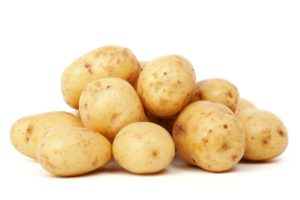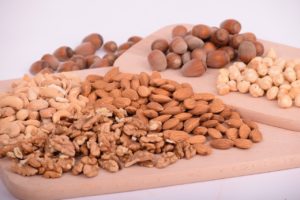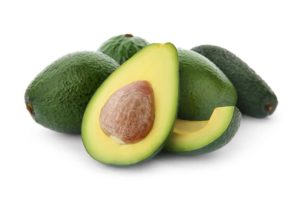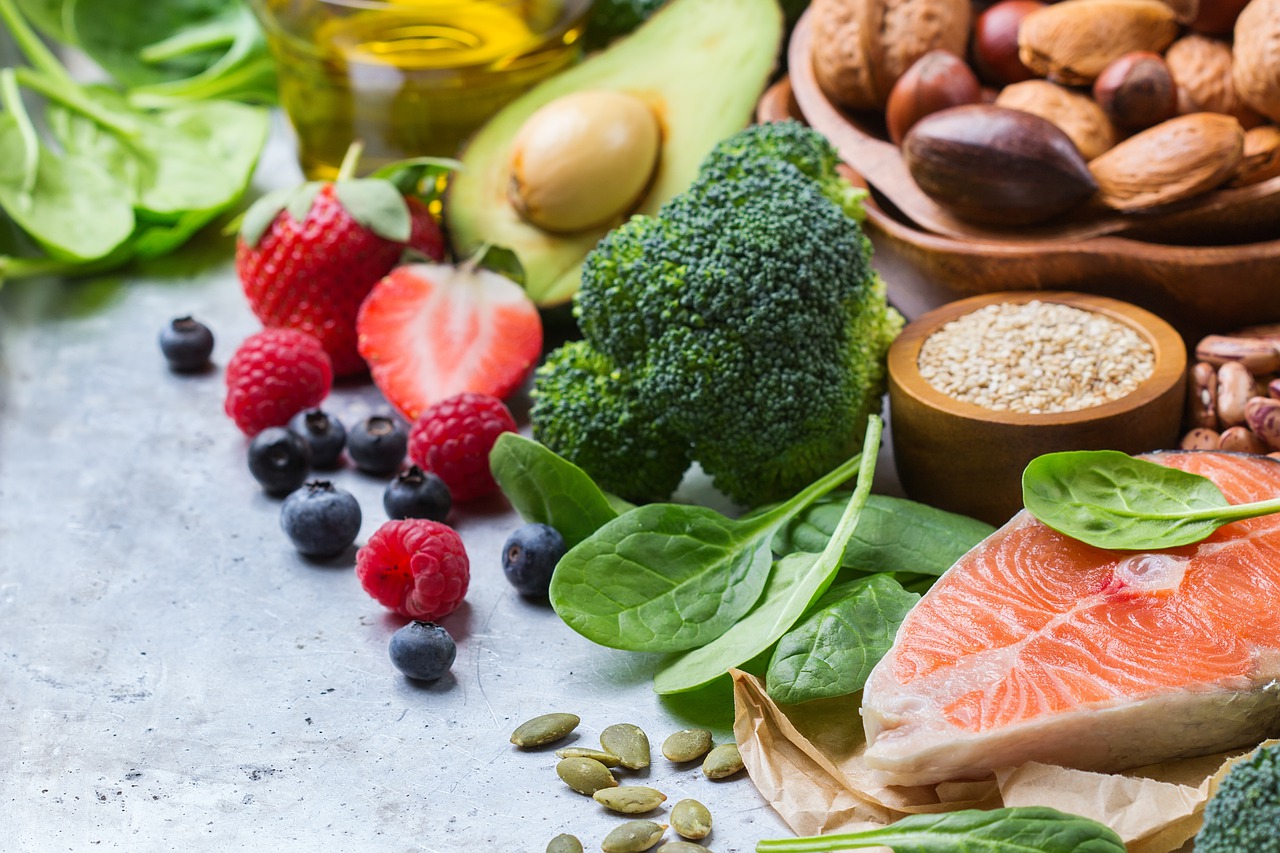What are macronutrients? Macronutrients are nutrients your body uses in relatively large amounts. Hence, you need to get macronutrients from your diet daily. There are 3 types of macronutrients: carbohydrates, protein, and fats. Macronutrients provide your body with calories and building blocks for cellular growth, overall repair, and immune function. They help the body to function properly. Here’s what you should know about macronutrients and calories.
Types of Macronutrients
1. Carbohydrates
 Carbohydrates are broken down into glucose. Glucose is the energy source of the body. Specific organs need glucose to function properly. Aside from being a primary energy source, some carbohydrates help synthesize specific amino acids.
Carbohydrates are broken down into glucose. Glucose is the energy source of the body. Specific organs need glucose to function properly. Aside from being a primary energy source, some carbohydrates help synthesize specific amino acids.
There are three main types of carbohydrates:
Simple carbohydrates – are easy for the body to break down for energy. Also known as sugars, simple carbohydrates have one to two sugar molecules and are found in food items which are usually sweet, such as table sugar, milk, yogurt, honey, agave nectar, syrup, molasses, and fruits. Fruits contain a natural sugar called fructose, as well as vitamins and minerals.
Complex carbohydrates – require more time for your body to break down. Also known as starches, complex carbohydrates are long strands of sugar molecules that are strung together and usually have a savory taste. Starches include pasta, bread, and cereal. They also include certain vegetables such as peas, corn, and potatoes.
Fiber – is a type of carbohydrate that can’t be broken down by the gastrointestinal tract. Eating foods rich in fiber can make you feel full, making it less likely for you to overeat. This nutrient doesn’t provide energy, but it helps your body get rid of wastes and keeps the intestinal tract healthy.
2. Protein
Protein allows the body to grow, build, and repair tissues. It is composed of amino acids (building blocks of protein). There are two types of amino acids. Non-essential amino acids aren’t required to be consumed through your diet because the body can make them. On the other hand, you must get essential amino acids through your diet.
allows the body to grow, build, and repair tissues. It is composed of amino acids (building blocks of protein). There are two types of amino acids. Non-essential amino acids aren’t required to be consumed through your diet because the body can make them. On the other hand, you must get essential amino acids through your diet.
Protein-rich foods include meat, fish, poultry, eggs, milk, cheese, and other types of animal byproduct foods. But this doesn’t mean you have to eat animal-based foods to be healthy. A person can get amino acids from consuming plant-based proteins such as those found in beans, nuts, lentils, and soy, as well as in some grains, vegetables, and fruits.
3. Fats
Fats allow you to store energy, make hormones, absorb fat-soluble vitamins, cushion organs, and help with cell membrane integrity. The three types of fat are saturated fats, unsaturated fats, and trans fats.
Saturated fats – have single bonds in their chemical structure and are generally solid at room temperature. In large amounts, saturated fats can increase cholesterol levels and increase the risk for heart disease. Conversely, decreasing the amount of saturated fats in the diet can be beneficial. Saturated fats are mostly found in animal sources with high fat content such as pork, fatty beef, poultry with skin, lamb, lard, butter, cream, full-fat cheese, and other dairy products.
 Unsaturated fats – have at least one double bond in their chemical structure and are generally liquid at room temperature. Unsaturated fats are considered healthy fats because they can reduce the risk of heart disease. This type of fat originates from plant sources like avocados, nuts, olives, and oils (olive, safflower, canola, etc.). They are also found in fatty fish such as salmon, tuna, sardines, mackerel, and herring.
Unsaturated fats – have at least one double bond in their chemical structure and are generally liquid at room temperature. Unsaturated fats are considered healthy fats because they can reduce the risk of heart disease. This type of fat originates from plant sources like avocados, nuts, olives, and oils (olive, safflower, canola, etc.). They are also found in fatty fish such as salmon, tuna, sardines, mackerel, and herring.
Trans fats – come from hydrogenating (adding hydrogen molecules to unsaturated fats) in order to make them into solid or semi-solid saturated fats. The process produces hydrogenated oils. Trans fats can be found in margarine, baked goods, doughs, shortening, and fried foods. You should cut out or limit your consumption of trans fats, as they increase the risk of heart disease, stroke, and diabetes.
Fats usually get a bad reputation because they are the way we store excess calories, and saturated and trans fats can be unhealthy. Certain types of fats aren’t good for us, but consuming healthy fats at the right amounts is good for overall health.
Understanding Calories
What are calories? The amount of energy in foods or drinks is measured in calories. When you eat or drink more calories than you use up, your body stores the excess as body fat. If that continues, you may put on weight over time.
You can check if you have a healthy weight by knowing your Body Mass Index (BMI).
As a rule of thumb, an average man needs around 2,500 calories (kcal) each day. For an average woman, it is around 2,000 calories (kcal) a day. These figures can vary depending on age, size, level of physical activity, and metabolism, among other factors.
Checking Calories in Food
Knowing the calorie content of foods and drinks can help ensure you are not consuming too much. To know how many calories they have, check the packaging or nutrition label.
The calorie content is usually expressed in kcals (short for kilocalories) and also in kJ, (short for kilojoules). A kilocalorie is another term for what is commonly known as a calorie. So 1,000 calories is written as 1,000 kcals. Meanwhile, kilojoule is the metric measurement of calories. To determine the energy content in kilojoules, multiply calories by 4.2.
The packaging label usually indicates how many calories are contained in 100 g or 100 ml of food or drink, so the calorie content of various products can be compared. You can use calorie information to evaluate how specific foods fit into your daily caloric intake.
Calories and Energy Balance
It is important to strike a balance between macronutrients and calories. The body needs energy to keep it alive and its organs functioning normally. When you eat and drink, you put energy into your body. Your body uses up that energy through everyday movement.
 Carbohydrates and protein provide 4 calories per gram, and fat provides 9 calories per gram.
Carbohydrates and protein provide 4 calories per gram, and fat provides 9 calories per gram.
To maintain a stable and healthy weight, the energy you put into your body should roughly be the same as the energy you use through bodily functions and physical activity. The more physical activity you do, the more energy is spent. It is important to balance the calories you put into your body with the energy you use.
Conclusion
It’s important for your body to receive the right amount of macronutrients and calories. So consume a combination of carbohydrates, protein, and healthy fats. For optimum health, you should eat a balanced diet. The USDA recommended amounts (macronutrient split) for macronutrients are: 45 to 65% carbohydrates, 10 to 35% protein, and 20 to 35% fat.
If you want to learn more on how to be fit and healthy, sign up to FITin56!

